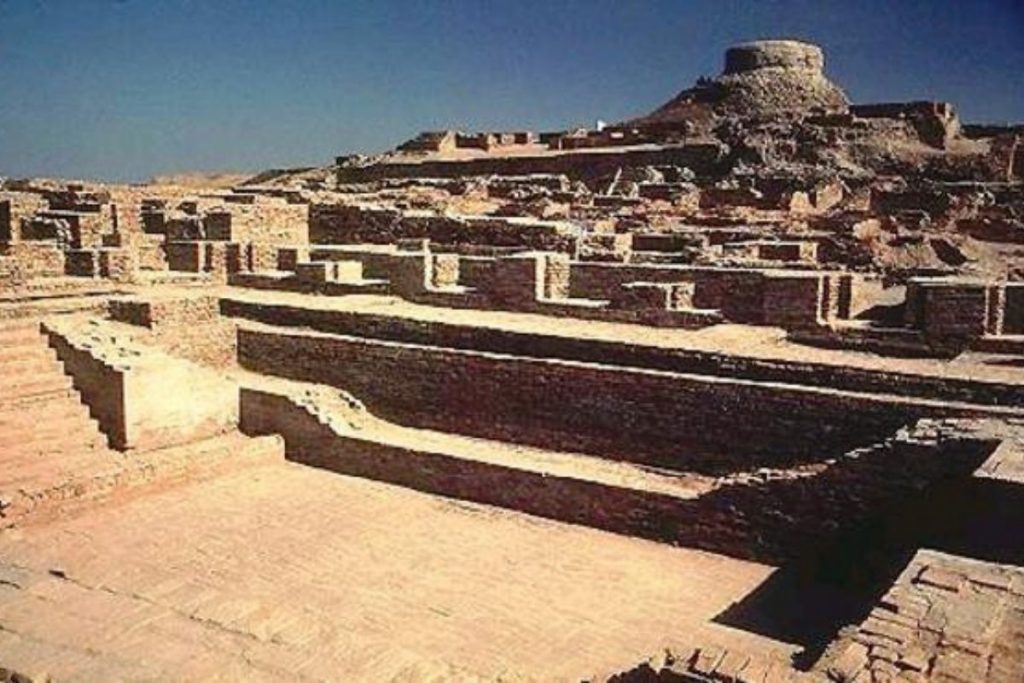New Delhi: A recent excavation at the 5,000-year-old Harappan site of Rakhigarhi in Haryana’s Hisar has unveiled the structure of some houses, lanes, and a drainage system, also a possible jewellery-making unit as stated by the Archaeological Survey of India (ASI) officials leading the project.
Let’s take a look at the findings from the site and what significance do they hold:
Skeletal Remains: Two women’s skeletons were found at Mound No. 7. The skeletons were believed to be 5,000 years old. Besides, pots and other artifacts were found buried next to the skeletons as part of funerary rituals back then, said ASI officials. DNA samples have been sent for testing whose results may provide clues about the ancestry and food habits of the habitants who lived more than a thousand years ago. The mound had provided around 60 burials in previous excavations.
Signs of settlement: For the first time excavation took place on Mound 3 which revealed “an aristocratic settlement” as per an ASI official. Also, rounds of excavation will be needed to take place to ascertain its structure and nature. In most of the Harappan sites, there have been similar three tiers of habitation – ‘common settlement’ with mud-brick walls, ‘elite settlement’ with brick walls alongside mud-brick walls, and possible ‘middle-rung settlements.’
Artifacts: Steatite seals, terracotta bangles, terracotta unbaked sealing with relief of elephants and the Harappan script has been found in the recent excavation. Besides, Arvin Manjul, Regional Director (North), ASI stated that the team also recovered some Harappan sealings (impression of a seal on a surface), indicating that seals were used to mark objects belonging to a set of people and community, as they are today.
Jewellery Unit: Several steatite beads, beads of semi-precious stones, shells, and objects made of agate and carnelian have been recovered, said Disha Ahluwalia, a PhD scholar at the Maharaja Sayajirao University of Baroda, who is the part of the excavation team. Moreover, the excavation has unearthed several pieces of copper and gold jewellery.

